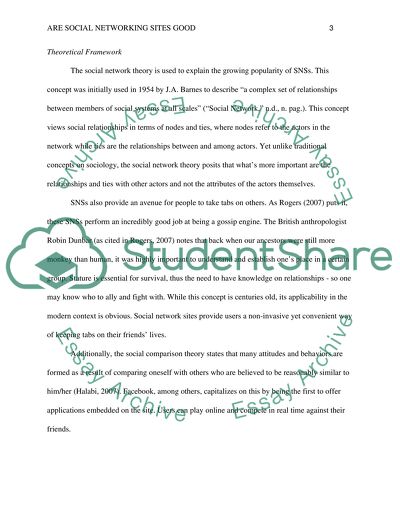Cite this document
(“Thesis Topic: Are social networking sites good for our society Research Paper”, n.d.)
Retrieved from https://studentshare.org/family-consumer-science/1418150-thesis-topic-are-social-networking-sites-good-for
Retrieved from https://studentshare.org/family-consumer-science/1418150-thesis-topic-are-social-networking-sites-good-for
(Thesis Topic: Are Social Networking Sites Good for Our Society Research Paper)
https://studentshare.org/family-consumer-science/1418150-thesis-topic-are-social-networking-sites-good-for.
https://studentshare.org/family-consumer-science/1418150-thesis-topic-are-social-networking-sites-good-for.
“Thesis Topic: Are Social Networking Sites Good for Our Society Research Paper”, n.d. https://studentshare.org/family-consumer-science/1418150-thesis-topic-are-social-networking-sites-good-for.


